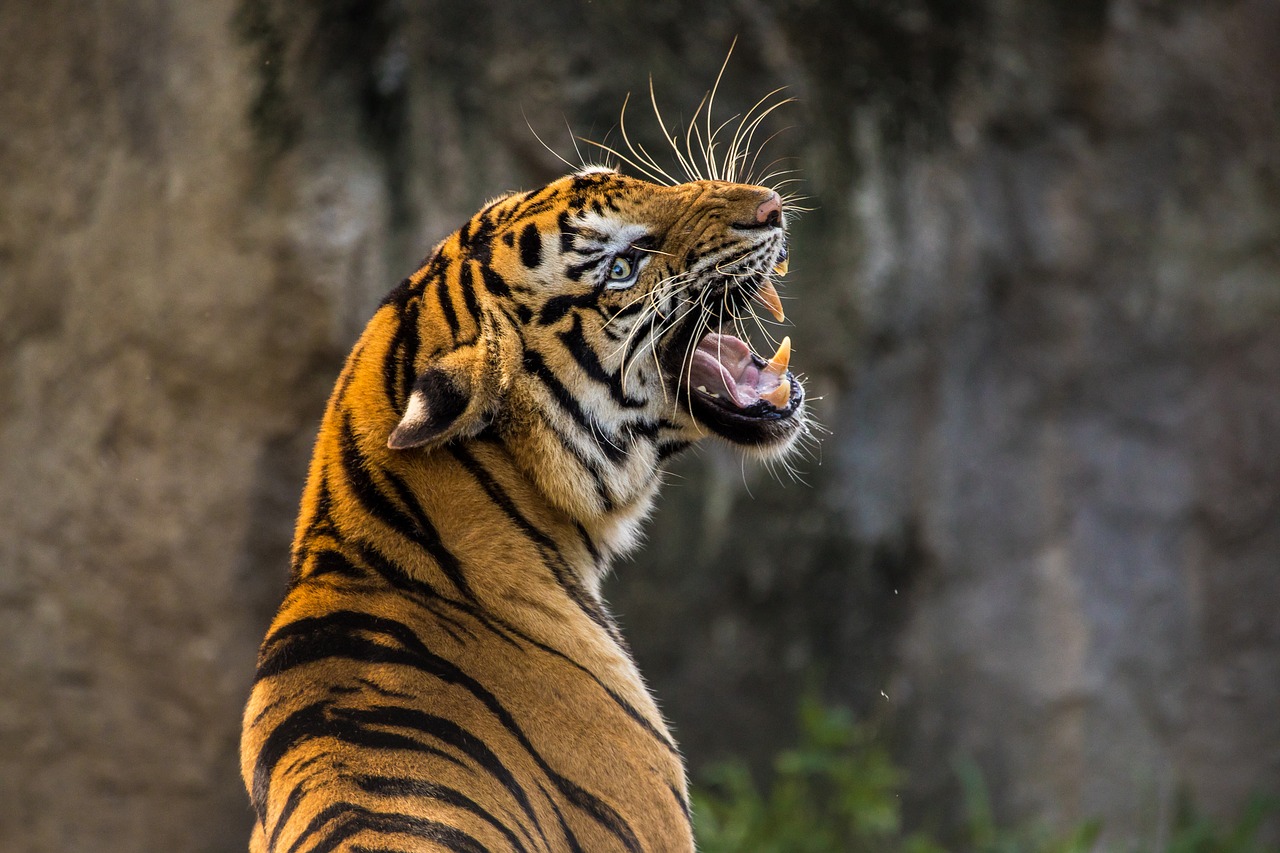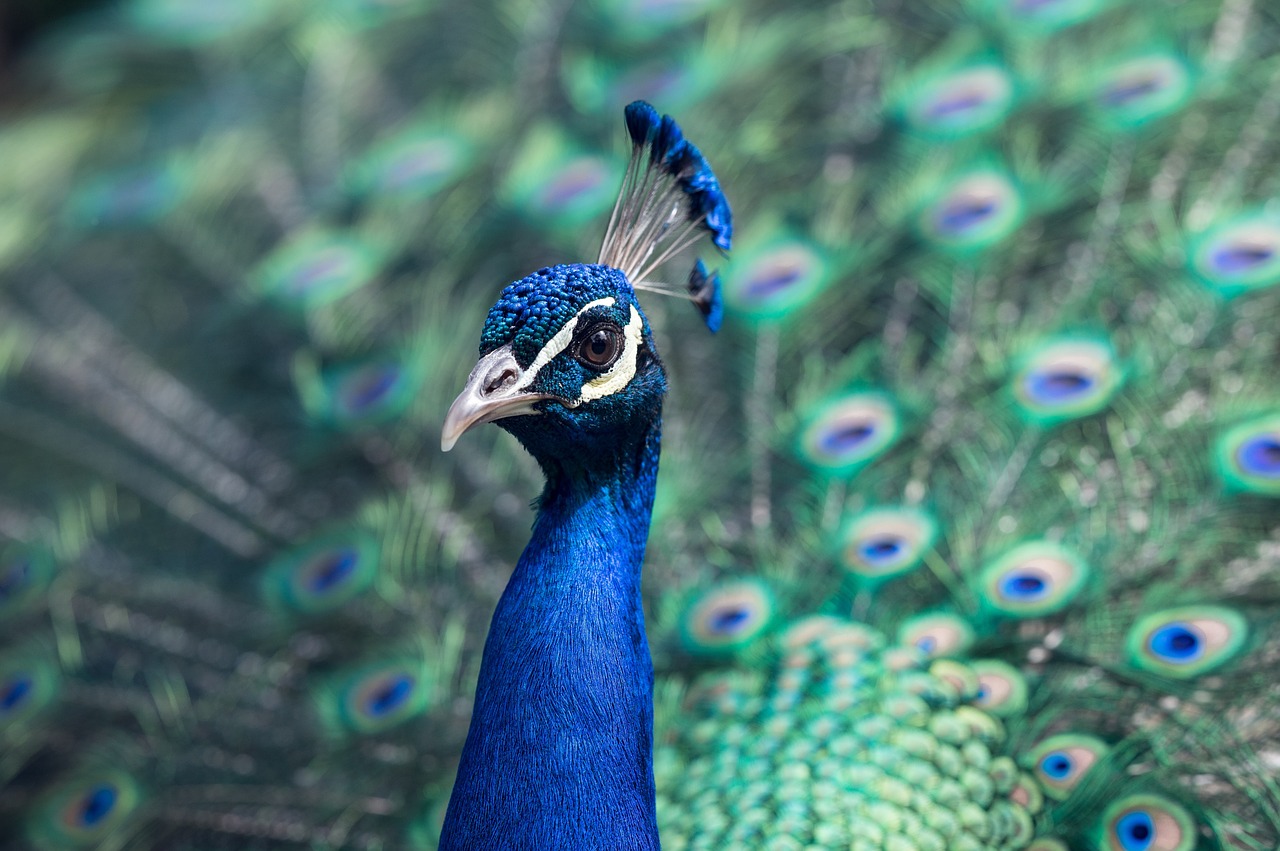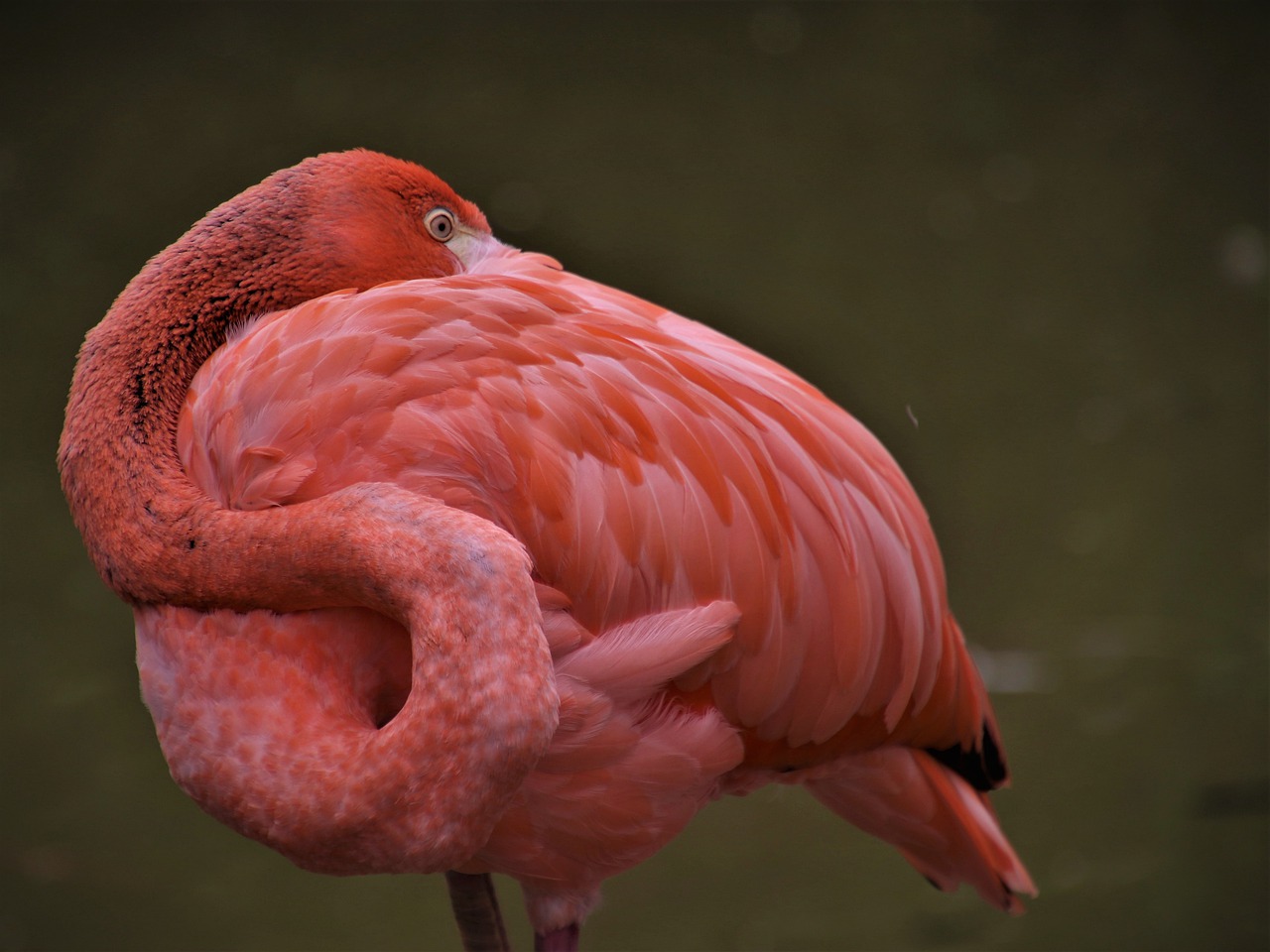About Animals in the Zoo
Tiger

Tigers are predators of the cat family. It is the largest cat in the family,
and is the only one that can swim except for lynx or leopards
and jaguars. Tigers swim for the purpose of hunting. Tigers vary in size from species to species, with Bali tigers weighing less than 100 kg and Siberian tigers weighing up to 360 kg in males. Usually, it has black stripes on a tan background. Rarely, there is a white tiger, which is caused by the expression of recessive genes unrelated to whiteness. Almost all parts of the body, including bones, are used as herbal medicine, which poses a serious threat to survival.
Lion

Lions are predators in the cat family. It used to live in North Africa, the Middle East, West Asia, Europe, and Arabia, but disappeared in Europe from B.C., and in Asia, except India, one by one from the 19th and 20th centuries. North Africa was also killed in Morocco in 1920, and wild lions in these areas are extinct. It now inhabits most of South Africa's savanna region, surviving desert lions thought to have become extinct due to poaching in the Namibia Desert in Southwest Africa, and some in the Sahel region. It is a lion that continues to decline in population, so only a small number will remain in some protected areas later. It has long been called the "King of Animals" and has enjoyed popularity as it is considered a symbol of the king for its wonderful visuals and strong hunting ability.
Fox

Foxes are small predators in the family Gatidae. The size ranges from 24–140 cm in length, 15–55 cm in shoulder height and 0.7–17 kg in weight. The red fox is the largest and most common of all foxes, with a body length of 90 cm, tail length of 60 cm, shoulder height of 55 cm, and weight of 10 kg, slightly larger than cats and similar in size to wild cats and small and medium-sized dogs. It varies widely from region to region, with individuals living in Central Europe weighing around 8 kg and species living in the United States or Japan weighing between 5 and 6 kg. Also, it is the red fox that people often refer to as the fox, and the male is finer than the female.
Peacock
Peacock refers to two species of bird in the genus Pheasant and Peacock and one species in the genus African Peacock. The Indian peacock has a wingspan of 50 cm for males and 40 cm for females, and is generally the most well-known species. Males are larger than turkeys, with long necks and chests of metallic turquoise and pears of cyan. The wing feathers are fan-shaped, and the long green feathers have round patterns such as snow and are colorful. This long feather is distinct from its tail feathers. During the breeding season, males spread their long feathers in a fan shape to court females. Females are smaller than males, less vivid in color, and do not have colorful feathers.

Flamingo

Flamingo is a generic term for flamingo birds. Most are 90–150 cm tall, 37–44 cm long, and 15 cm long tail. It has a long neck and a snout is bent downward halfway and webbed on its feet. They go back and forth in the water with long legs and eat frogs and shrimp. Its body color varies from bright red to pale pink, with black wing tips. Most eat small animals such as water fleas and aquatic plants such as algae. At the edge of its beak is a comb-shaped filter, which allows it to filter mud or sand when searching for food in the water. They live in groups, and thousands gather together. Mating is done once a year, and the nest is made by stacking mud.
